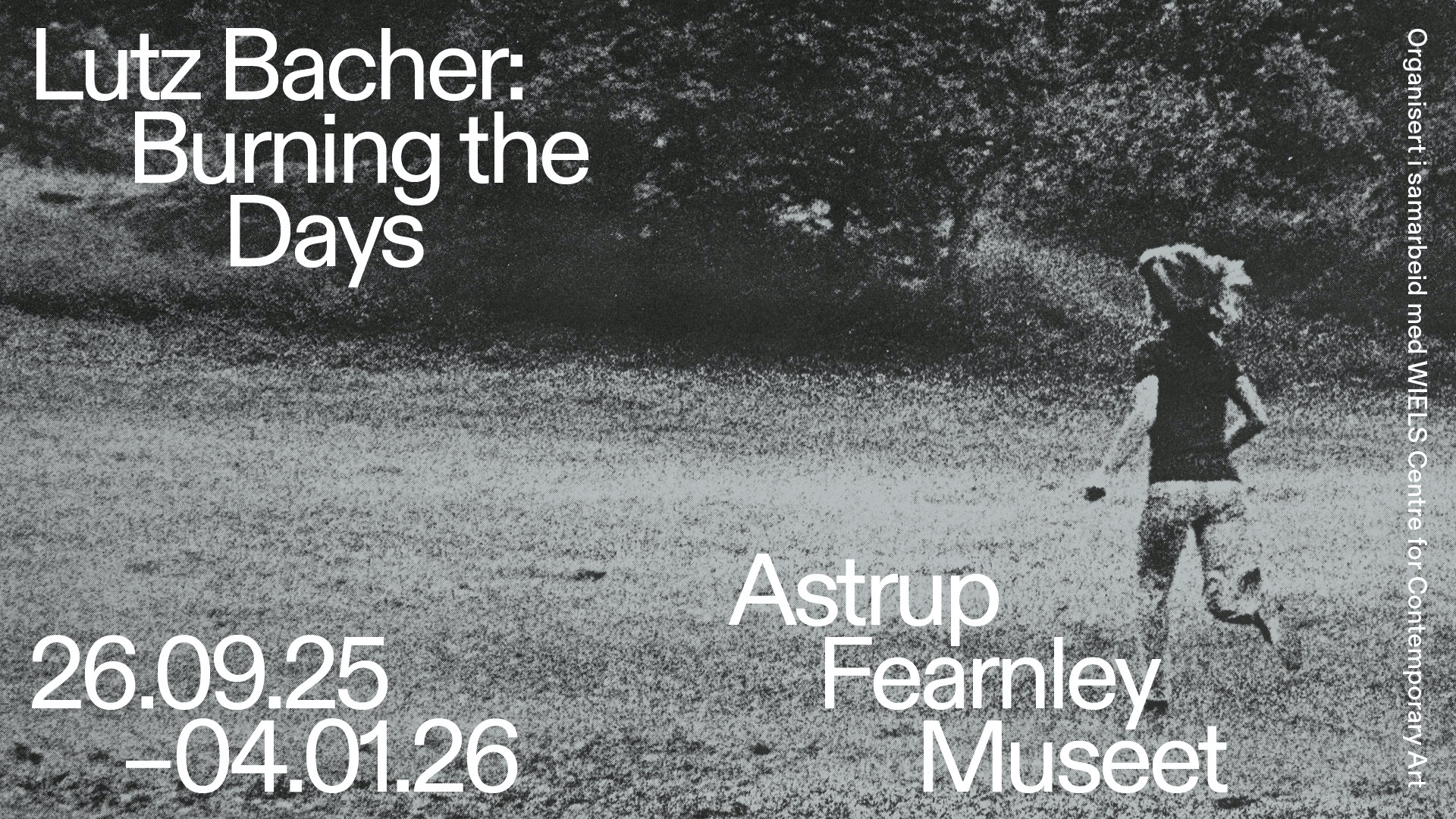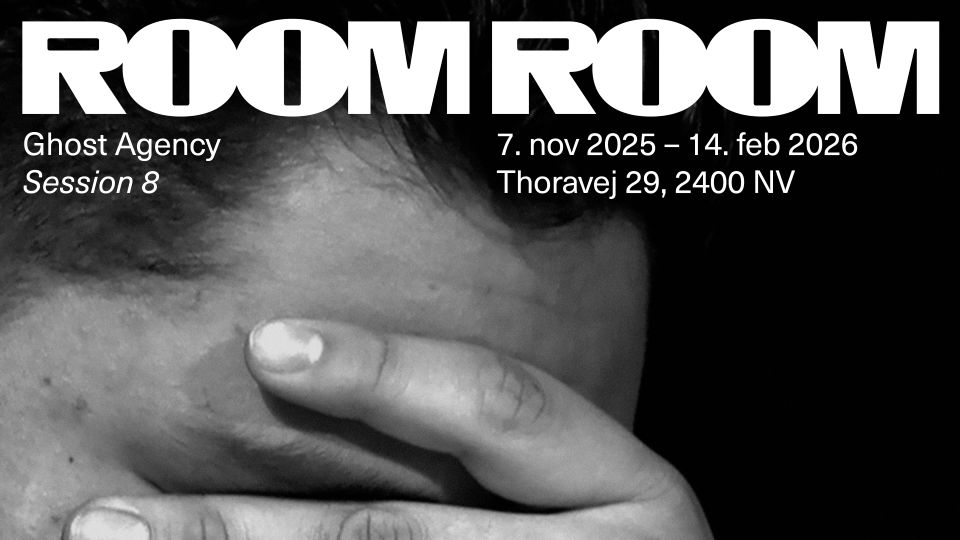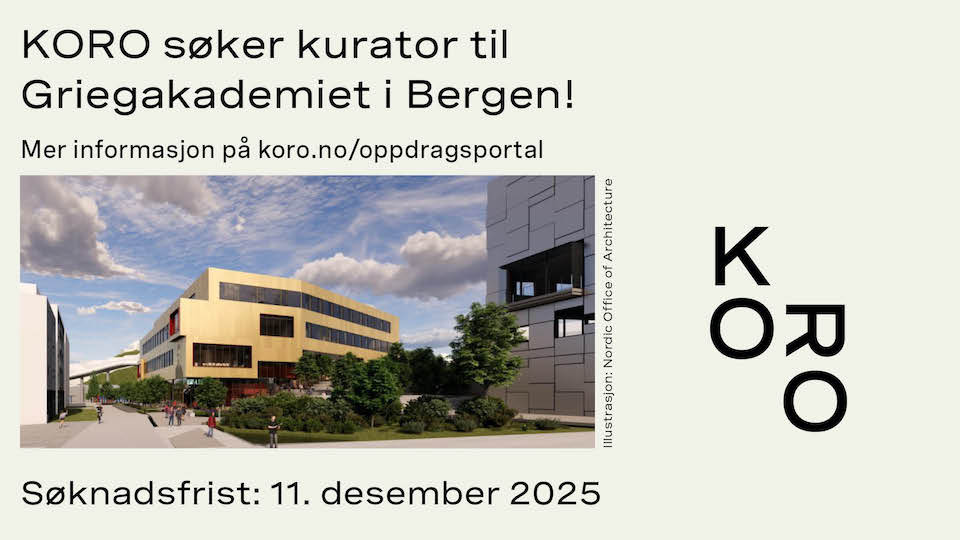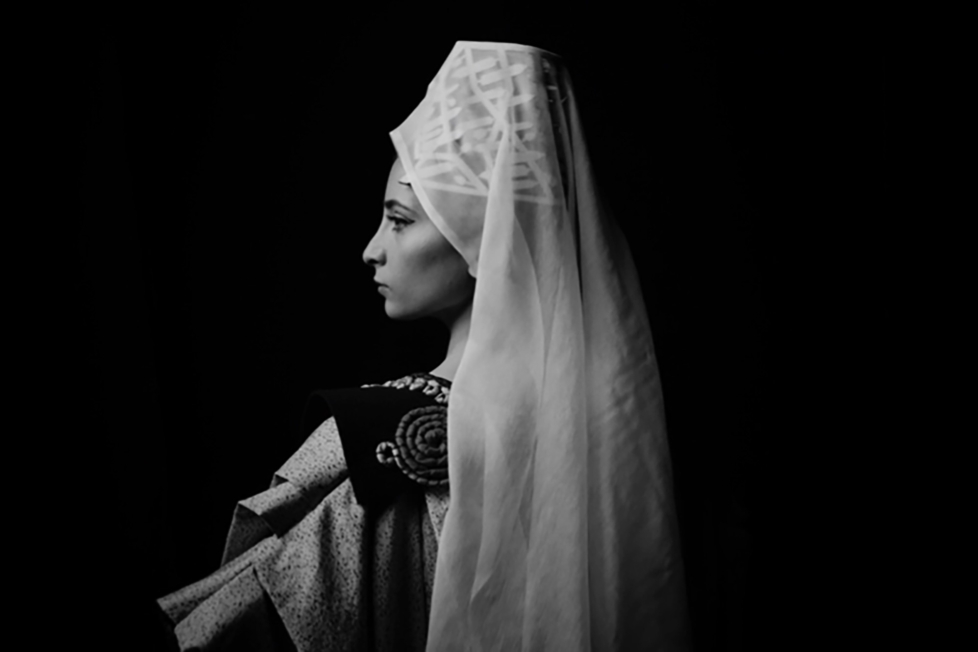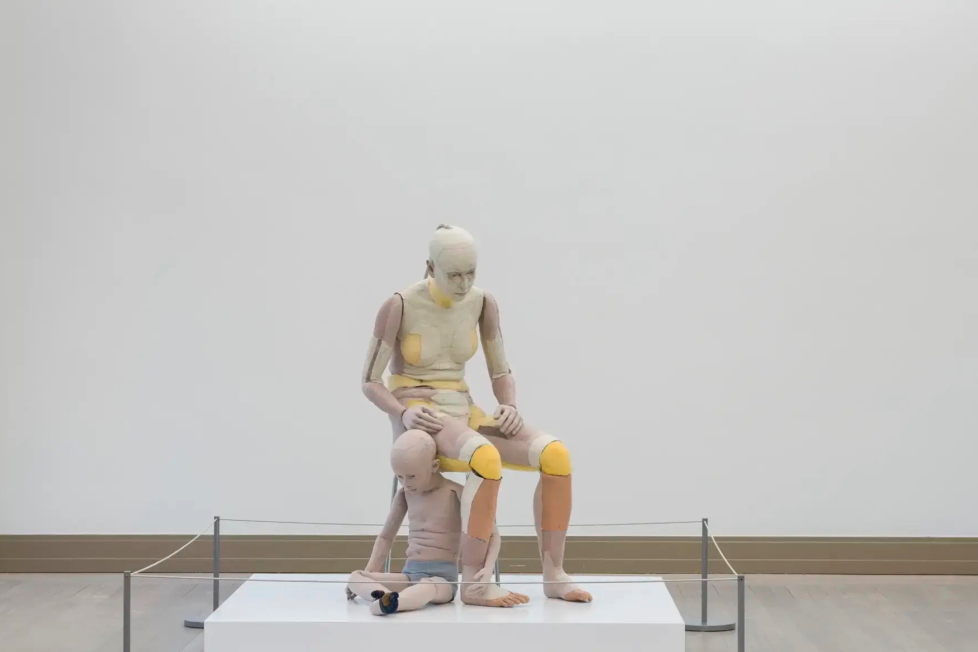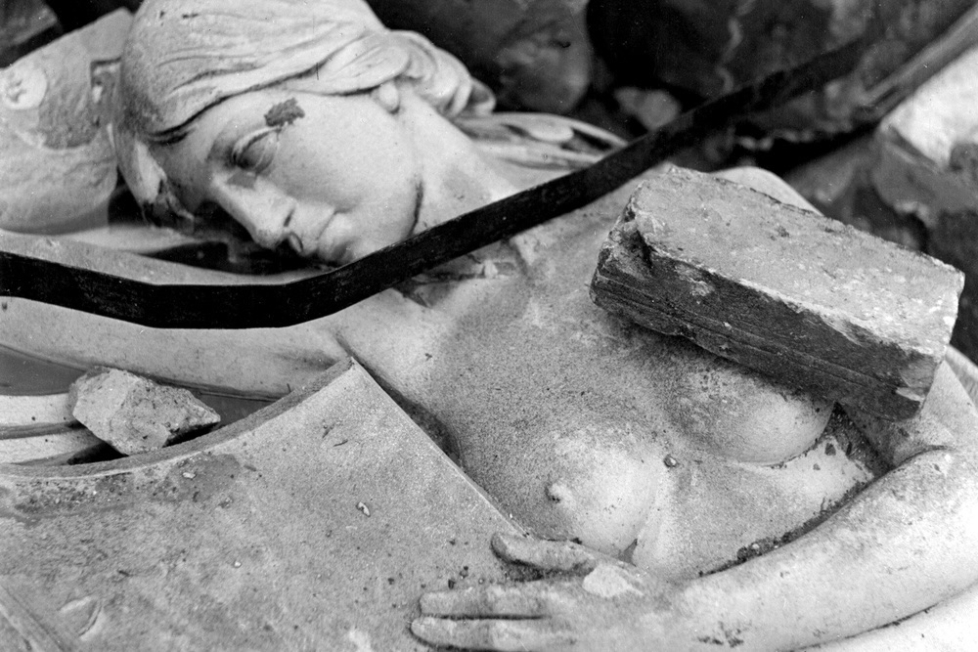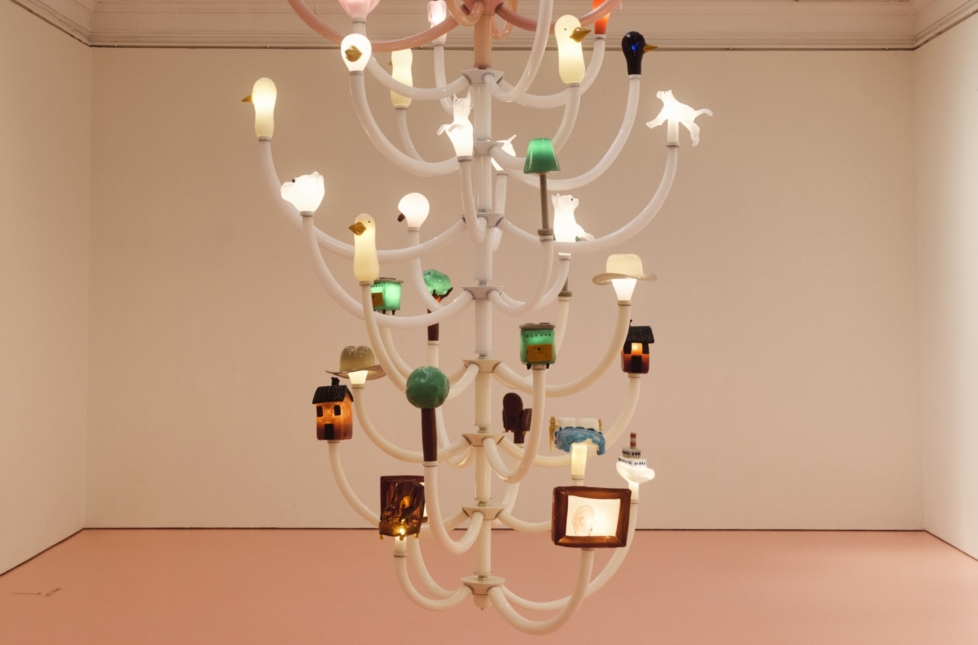
To say it happened overnight is perhaps an exaggeration, but it certainly feels like a sharp U-turn: the objective of averting climate catastrophe seems to have been largely forgotten – or at the very least, pushed far down the priority list – in favour of an intensified arms race. The weapons industry is already one of the most polluting in the world, not to mention the devastation (and the carbon footprint) caused by the deployment of its products.
The path to the future is now being laid out by spiritually bankrupt old men in varying shades of neo-colonialism and neo-fascism – Netanyahu, Putin, Trump, and the like. Amid a slightly panicked atmosphere spreading across Europe, there is widespread consensus around pouring money into defence and military preparedness. The Norwegian arms manufacturer Nammo, which has supplied components to the US that were later used in Israeli attacks on Gaza, is now ramping up production to deliver weapons to Ukraine and Europe, and is pressuring the Norwegian authorities to meet the increased energy demand this entails.
Against this backdrop, Nikita Teryoshin’s exhibition Nothing Personal – The Back Office of War, featuring images from his photobook of the same title, feels acutely timely in a way that lends Oslo’s sharp spring sunlight a relentless edge. Born in Russia and based in Berlin, Teryoshin has spent eight years travelling the world with his camera, attending arms fairs. His photographs from this project are now on display at the outdoor gallery Fotografihuset, located on the small pier just outside the Munch Museum. The images are accompanied by posters that dryly quote various arms manufacturers’ slogans: “70 years defending peace” (Kalashnikov); “We are engineering a better tomorrow” (Lockheed Martin); “See first, kill first” (Saab); “Unmatched lethality at any distance” (Elbit Systems); and “Nextgen lethality” (Rheinmetall).
The atmosphere in Teryoshin’s photographs is strikingly undramatic. The images are laid-back –even playful – and it is precisely here that their critical potential lies. In documenting the seemingly carefree decadence cultivated by technologies designed for maximum destruction, his images expose a deeper structure of economic violence. Someone always profits from war, from the suffering and death of others. People in suits and ties, nylon stockings and high heels, sipping wine and nibbling elegant canapés while being entertained by the latest in killing technology. This is observational photography with a wry perspective, where multiple things often unfold at once: an empty coffee mug sits beside a display of missiles on a trade fair table. As I walked among the photographs – taken, according to the exhibition text, at arms fairs in Poland, Belarus, South Korea, France, Germany, South Africa, China, the United Arab Emirates, Peru, Russia, Vietnam, the United States, and India – it was clear that one reason wars are always being fought is simply that the arms industry needs to keep making money.


Teryoshin’s images have a candid quality, as many subjects seem unaware of the camera or are actively avoiding it. The presence of people is central to the tension in the photographs, yet they are not portrayed as individuals. There are few identifiable faces. While their clothing often hints at where they might come from, they remain largely anonymised. The people involved appear as actors within a larger system – whether it’s the man reclining comfortably in an antique armchair, signalling generational wealth, watching a fighter jet display; a suited man shaking hands with someone in uniform in front of a model of a camouflage-patterned tank; or a woman in a floral dress, stretching her bare arm toward a canapé from the buffet, with a Bofors 57 Mk3 Naval Gun looming in the background. Even though several of the countries Teryoshin has visited are former, current, or potential enemies or rivals, the juxtaposition of the images creates the impression of one large club with aligned interests. To some extent, that’s exactly what it is: they all share a vested interest in keeping the arms race going.
Fotografihuset primarily exhibits art photography, though not exclusively, and Teryoshin’s images sit at the intersection of art and documentary. Or, as he puts it, within the “hybrid genre of street photography, documentary, and contemporary horror.” Running parallel to his exhibition is Årets bilde 2024 (Picture of the Year), Norway’s leading press photography award. This year’s top prize went to Gina Grieg Riisnæs for Child in Bed, taken in Lebanon for the newspaper Aftenposten. The photograph depicts the very consequences of the latent violence that runs through Teryoshin’s work: a two-year-old girl who was burned in a missile strike, swaddled in bandages, with her grieving mother at her bedside. As the jury noted in its statement, the image is “a powerful representation of the reality we must reckon with.” It’s the kind of photograph we’ve seen far too often in recent years – especially from Palestinian photographers in Gaza. The larger question, which Teryoshin’s exhibition poses indirectly, is whether global military build-up is really what will lead us to a different and better reality.

